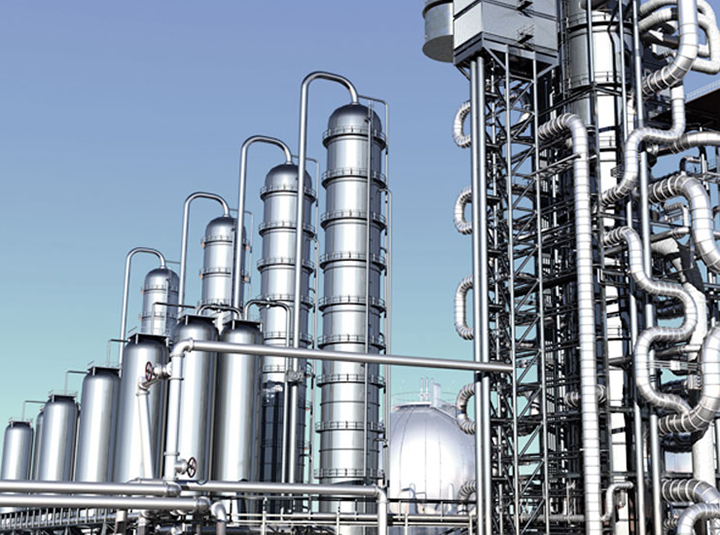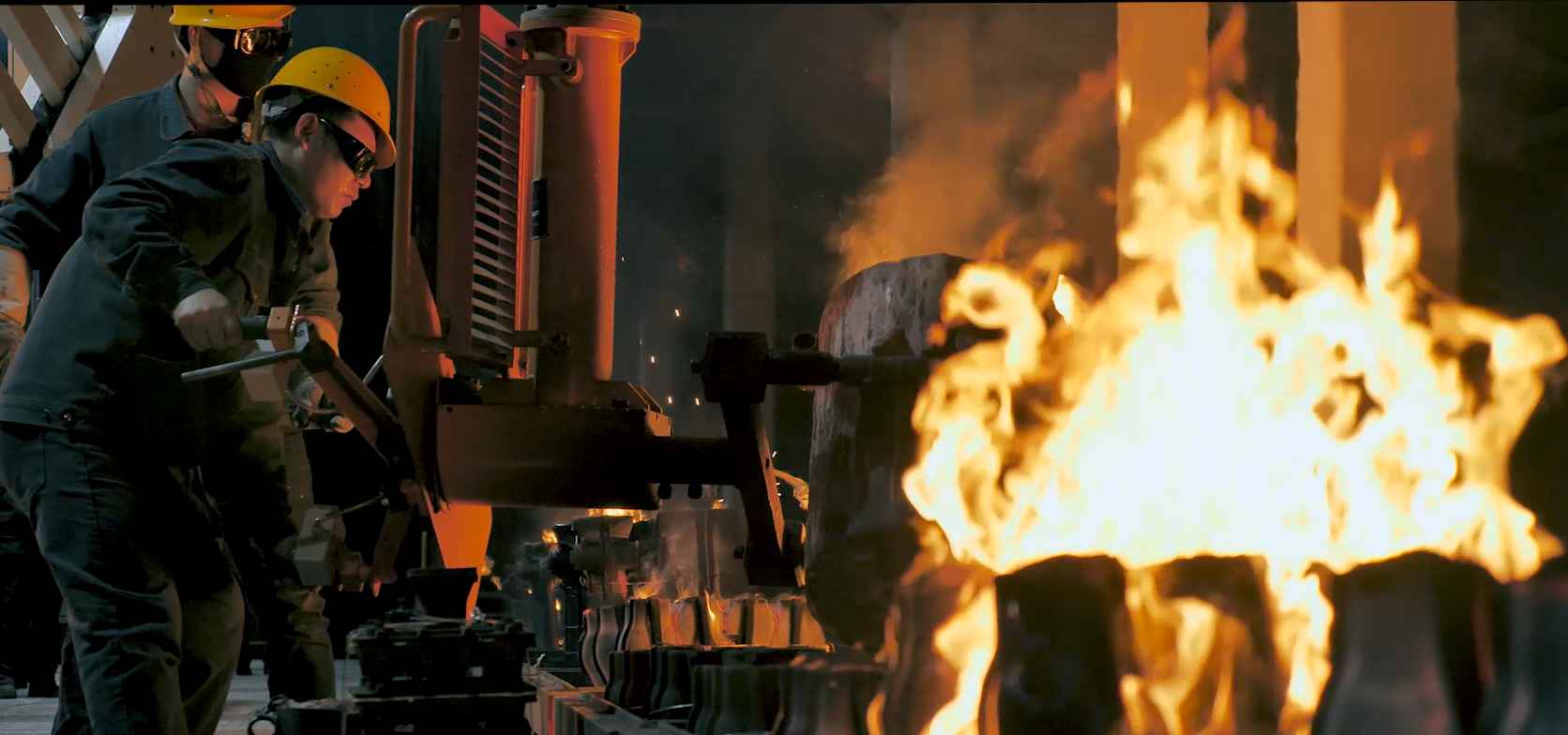Шаровой клапан — это обычный клапан управления потоком, широко используемый в системах трубопроводов для жидкостей и газа. Его основная функция — управление потоком жидкости путем регулировки открытия клапана. Ниже приведена структура корпуса клапана и принцип работы шарового клапана:
1. Конструкция корпуса клапана
Базовая конструкция шарового крана включает в себя:
Корпус клапана: внешняя оболочка, обычно изготавливаемая из металла.
Седло клапана: часть, которая контактирует с тарелкой клапана, и ее уплотнительные свойства очень важны.
Диск клапана: соединен с рабочим механизмом посредством штока клапана, который можно перемещать для регулировки расхода.
Шток клапана: тарелка клапана приводится в движение маховиком или электрическим устройством.
Крышка клапана: верхняя часть корпуса клапана, обычно с уплотнительным устройством.
2. Принцип работы
The запорные шаровые клапаны регулирует расход жидкости путем подъема или вращения тарелки клапана. Принцип его работы в основном основан на следующих ключевых моментах:
(1) Закрытое состояние:
Когда шаровой кран закрыт, тарелка клапана находится в тесном контакте с седлом клапана, и жидкость не может пройти. Это происходит потому, что тарелка клапана шарового крана обычно сферическая, а ее поверхность полностью соответствует седлу клапана, тем самым образуя хорошее уплотнение.
(2) Открытое состояние:
Когда шаровой кран необходимо открыть, шток крана вращается внешним приводным устройством (таким как маховик, электропривод или пневматическое устройство), чтобы привести в движение диск крана. Диск крана обычно соединен вертикально с седлом крана. Когда диск полностью снят с седла крана, жидкость может свободно течь через шаровой кран.
(3) Регулировка расхода:
Вращая маховик или электрическое устройство, диск можно частично поднять или опустить, чтобы отрегулировать площадь открытия седла клапана. Положение подъема диска изменяется пропорционально расходу. По мере того, как диск поднимается, площадь открытия увеличивается, а расход увеличивается; когда диск опускается, площадь открытия уменьшается, а расход уменьшается.
(4) Направление потока жидкости:
Когда жидкость протекает через шаровой кран, она обычно проходит через центральное отверстие седла клапана. Движение диска напрямую влияет на площадь сечения потока жидкости, тем самым контролируя скорость потока. Диск шарового крана может иметь несколько сквозных отверстий или несколько каналов. Различные конструкции диска могут быть выбраны в соответствии с потребностями для оптимизации потока жидкости.
3. Регулировка клапанов
Скорость открытия и закрытия: шаровой кран имеет более высокую скорость открытия и закрытия и подходит для применений, требующих быстрого открытия или закрытия.
Точность регулировки: Хотя шаровой кран может регулировать расход, его точность регулировки низкая, и он обычно не используется в приложениях, требующих точного управления потоком. Более распространенное точное управление потоком использует регулирующий клапан (шаровой клапан).
4. Метод контроля
Методы управления шаровыми кранами включают ручное, электрическое, пневматическое и т. д. Конкретные методы управления следующие:
Ручной: используйте маховик для вращения штока клапана, чтобы заставить диск клапана подниматься и опускаться для регулировки расхода.
Электричество: Движение электрический запорный клапан Диск управляется электроприводом, который обычно используется в системах автоматизации.
Пневматический: пневматический привод управляет открытием и закрытием или регулировкой диска клапана с помощью сжатого воздуха.
Запорный клапан шаровой управляет потоком жидкости, регулируя положение диска клапана. Когда диск клапана поднят, поток жидкости увеличивается; когда диск клапана опущен, поток уменьшается до тех пор, пока он полностью не закроется. Благодаря такой конструкции, шаровой клапан подходит для точного регулирования потока и широко используется в промышленных системах, требующих регулирования потока, таких как регулирование потока жидкости и газа, а также в средах с высоким давлением и высокой температурой.









